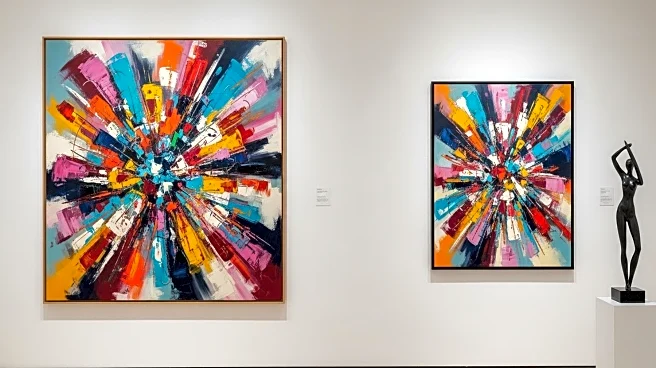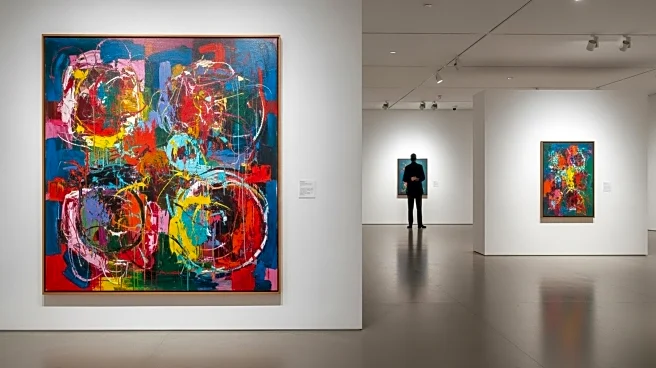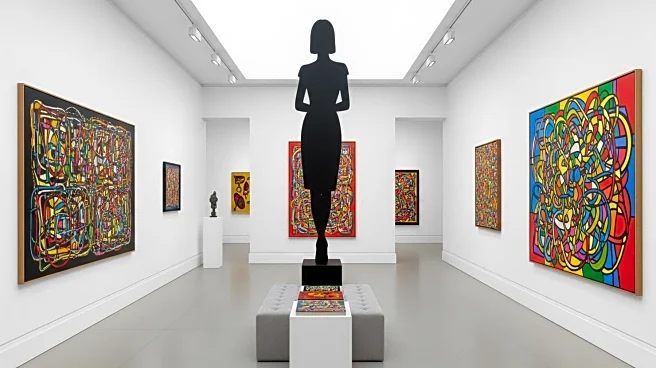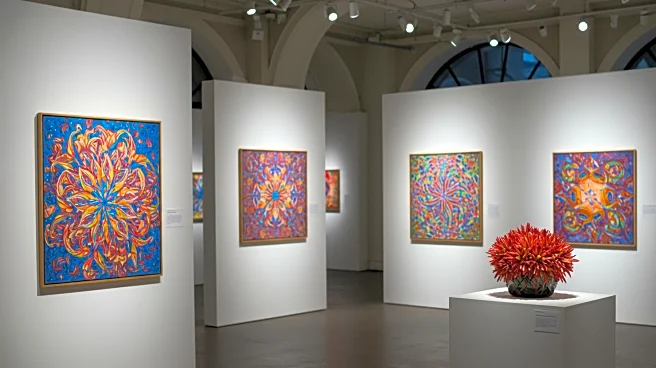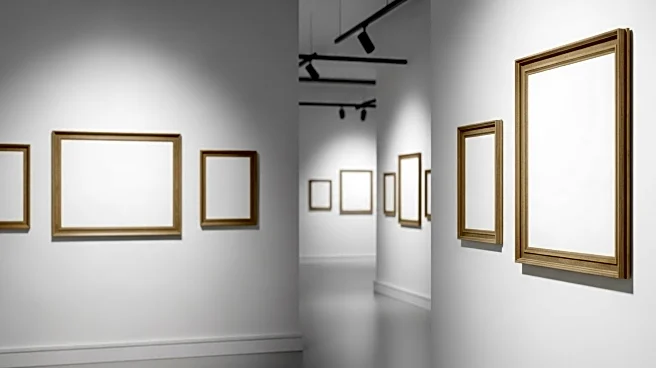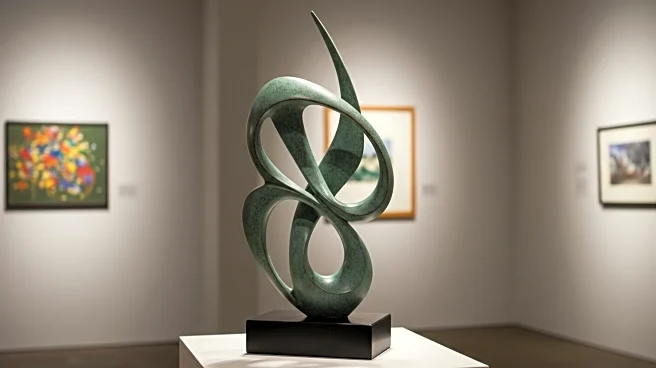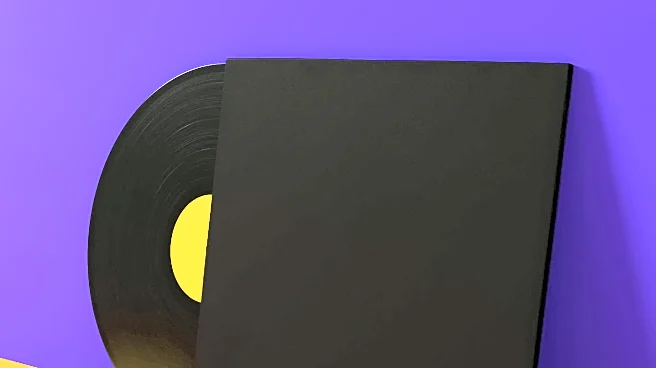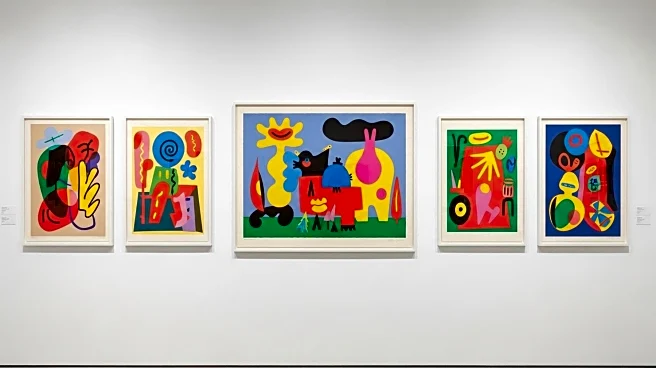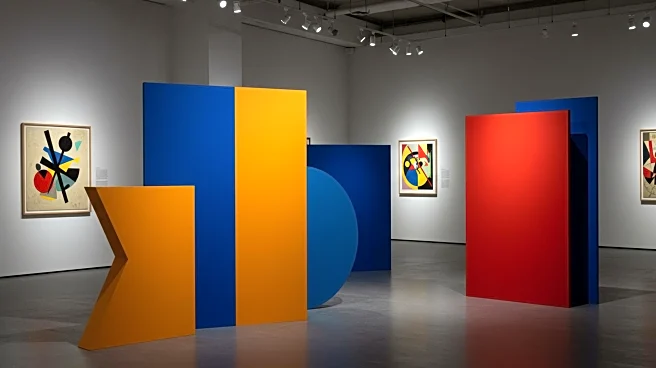What's Happening?
Gladstone Gallery has announced the signing of Peter Saul, a prominent 91-year-old American painter known for his satirical and provocative works. Saul's career, spanning over seven decades, is marked by his unique style that combines comic absurdity with painterly rigor, often critiquing pop culture, art history, and political life. His works have been displayed in major institutions such as the New Museum, MoMA, and the Whitney. Alongside this signing, Gladstone Gallery has appointed Anna Christina Furney as its new director. Furney, who previously worked at Venus Over Manhattan, brings extensive experience and a strong connection to Saul, having represented him for 14 years. This move comes as the art market experiences significant changes, with several galleries closing and consolidating their operations.
Why It's Important?
The signing of Peter Saul and the appointment of Anna Christina Furney highlight a strategic move by Gladstone Gallery to strengthen its position in the competitive art market. Saul's addition brings a celebrated artist with a substantial following and institutional recognition, enhancing the gallery's prestige. Furney's appointment as director is significant due to her proven track record in curatorial and market expertise, which is expected to drive ambitious programming and exhibitions. This development reflects broader trends in the art world, where galleries are consolidating talent and resources to navigate market fluctuations and maintain influence. The closure of other galleries and the redistribution of talent underscore the dynamic nature of the art industry, where adaptability and strategic partnerships are crucial for success.
What's Next?
With Peter Saul now under its representation, Gladstone Gallery is likely to organize exhibitions and projects that leverage his unique artistic voice and established reputation. Anna Christina Furney's leadership is expected to bring innovative programming and potentially attract new artists and collectors to the gallery. The art market may see further consolidation as other galleries reassess their strategies in response to economic pressures and changing consumer preferences. Stakeholders in the art community, including collectors, artists, and institutions, will be closely watching how these changes impact the availability and presentation of contemporary art.
Beyond the Headlines
The shifts in gallery operations and artist representation may have long-term implications for the art market's structure and accessibility. As larger galleries consolidate power, there could be fewer opportunities for emerging artists to gain visibility, potentially leading to a more homogenized art scene. However, this consolidation might also result in more robust platforms for established artists, allowing for greater international exposure and collaboration. The ethical considerations of market dominance and the role of galleries in shaping cultural narratives will continue to be topics of discussion within the art community.
